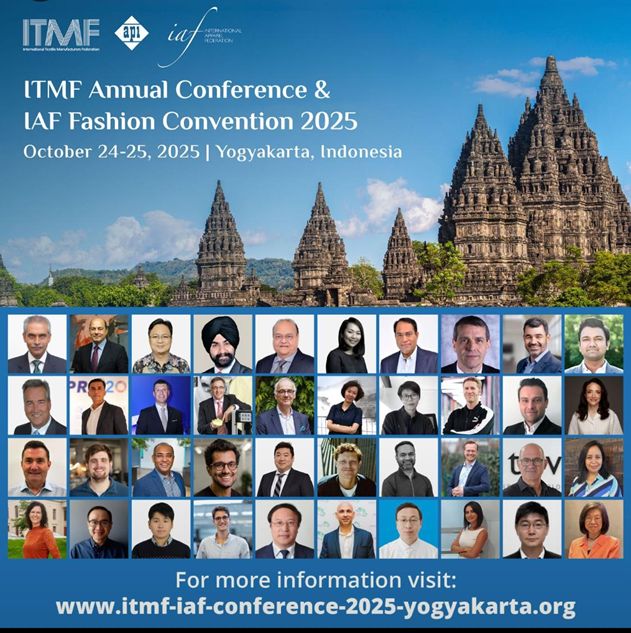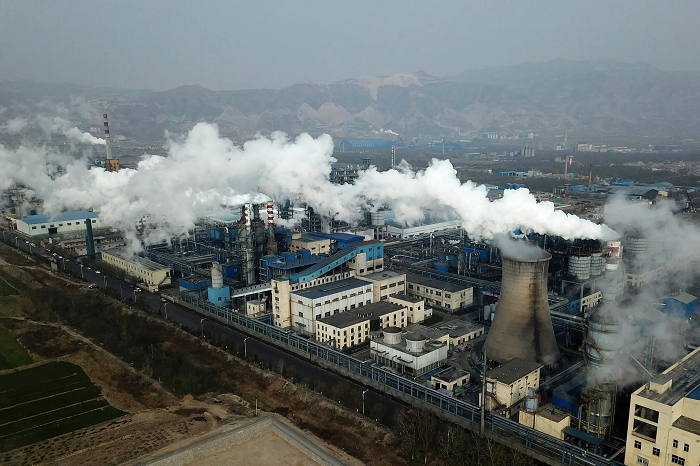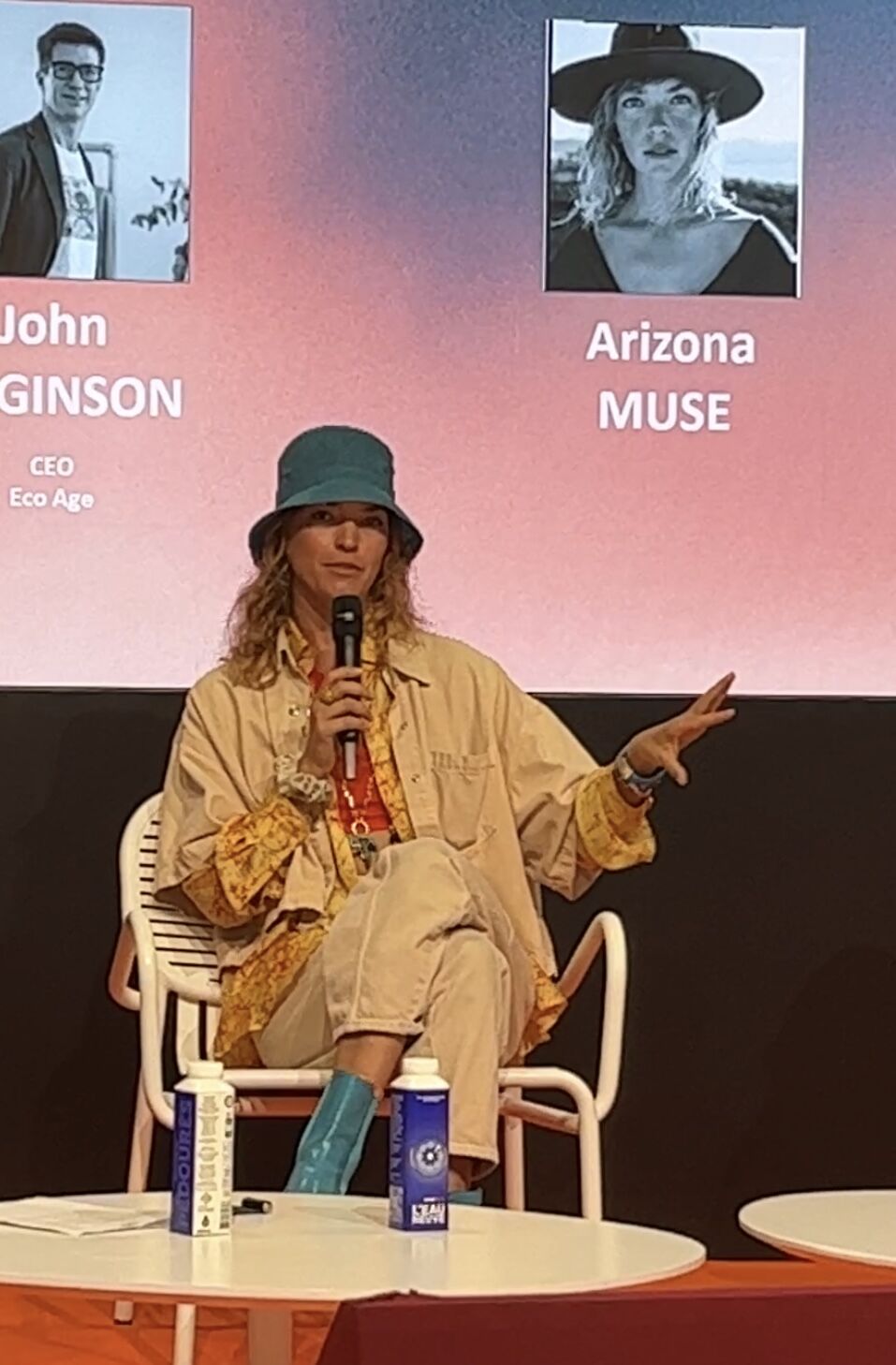"Luxury equaled to quality for many and for many others, fashion labels also equated to safety. They felt safe in buying certain brands like Volvo and Rolex as they ensured quality and a complete value for money to their consumers. However, over decades many luxury brands exploited this sentiment to unreasonably increase the price of their products. For instance, the Saint Laurent leather jacket, which consumers believe to be made from the best materials, plays on their psyche of having invested in a high work of art."
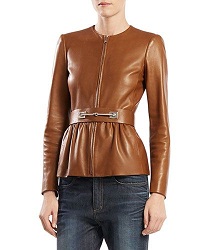 Luxury equaled to quality for many and for many others, fashion labels also equated to safety. They felt safe in buying certain brands like Volvo and Rolex as they ensured quality and a complete value for money to their consumers. However, over decades many luxury brands exploited this sentiment to unreasonably increase the price of their products. For instance, the Saint Laurent leather jacket, which consumers believe to be made from the best materials, plays on their psyche of having invested in a high work of art.
Luxury equaled to quality for many and for many others, fashion labels also equated to safety. They felt safe in buying certain brands like Volvo and Rolex as they ensured quality and a complete value for money to their consumers. However, over decades many luxury brands exploited this sentiment to unreasonably increase the price of their products. For instance, the Saint Laurent leather jacket, which consumers believe to be made from the best materials, plays on their psyche of having invested in a high work of art.
Fashion brands choose profit over quality
Today, the 20 biggest fashion companies of the world gobble up 97 per cent profit share. To achieve their set targets, these companies either slash the quality of their garments or increase prices. In fact, to sell their low quality clothes at higher prices, they double down on their runway shows, ad campaigns and influencer relationships, which ups the visibility – and lustability – of what they make, rather than the quality.
The result: clothes have become status symbol. Gucci, a brand which originally made goods from high-end leather goods, now makes clothes for the millennials that includes T-shirts, sweats, trainers and phone cases in coffer-swelling numbers. Like brand tees, they’re a way rep your love of the brand in a (comparatively) accessible way. But all this is quite different from what ‘luxury’ originally denoted.
Creating a hype to increase sales
Experts point out if something’s hyped, it doesn’t matter what material it’s made out of, if you want it. For example, Supreme’s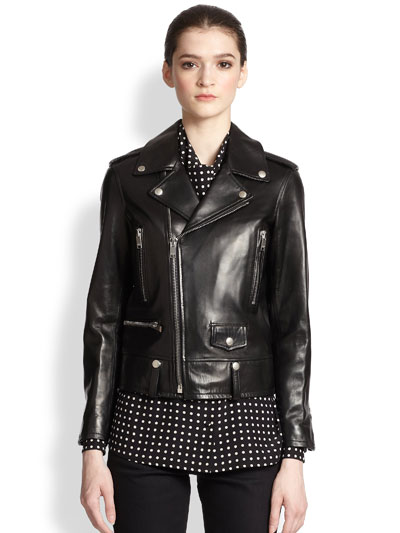 box logo tees, which despite retailing for less insane prices, resell for up to £500. To create this hype, brands limit their accessibility. Supreme does it by creating lesser products. Others do it with price: Enfants Riches Déprimes, sells £1,400 hoodies, specifically to lock out a mass consumer. For Vetement, it’s about irony. Its DHL T-shirt appeals to only handful of fashion insiders.
box logo tees, which despite retailing for less insane prices, resell for up to £500. To create this hype, brands limit their accessibility. Supreme does it by creating lesser products. Others do it with price: Enfants Riches Déprimes, sells £1,400 hoodies, specifically to lock out a mass consumer. For Vetement, it’s about irony. Its DHL T-shirt appeals to only handful of fashion insiders.
Luxury brands would rather make a loss on their product than have their exclusivity diluted by selling it at markdown. These days consumers can buy mid-to-accessible luxury goods from smaller upstart brands, or even the high street, that are as good as or better than the pieces you would get from LVMH. The price reflects the prestige and branding of the product, so you get a £700 branded sweatshirt that was manufactured for less than £50.
Environmental consequences
The big loser is the planet which has to bear the environmental catastrophes caused by clothing industry. As per Fashion Transparency Index, which ranks brands according to how opaque their supply chains are, no luxury label appears in the top half. Though some have started revealing how their clothes are made, the prevailing trend is that the more expensive the clothes, the less clarity they offer about how they’re made. This is the opposite of how the luxury industry’s long positioned itself, as the home of craft and quality. A huge proportion of couture pieces today are sold at a loss to bestow an aura of quality on goods that are made cheaply but sold at massive markup.
The accelerated fashion cycle, where trends disappear in a matter of months, does not encourage craftsmanship. Instead, consumers prefer to buy clothes with a shelf life, both in terms of how they look and how they’re made. Instead of buying from established designers, they prefer products of the same quality from an upcoming independent designer.


